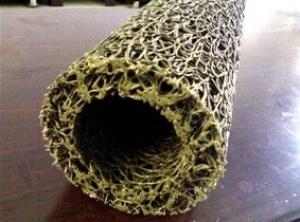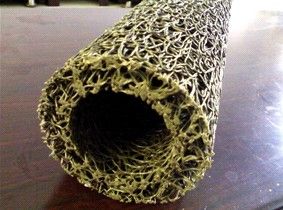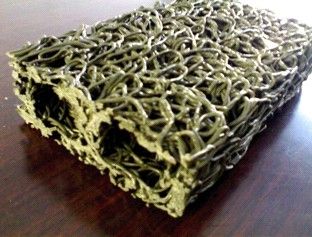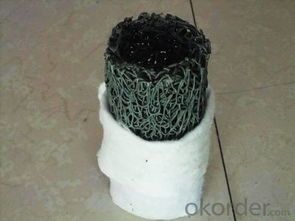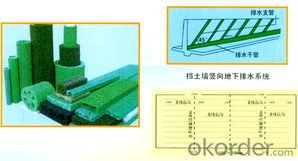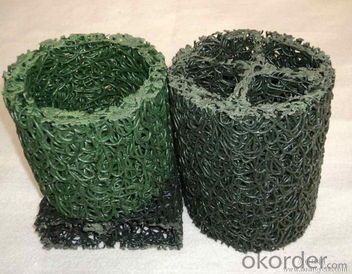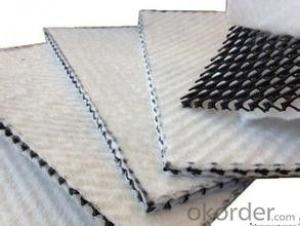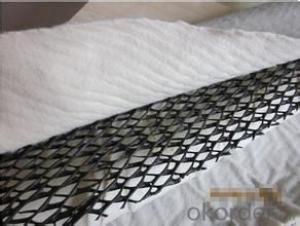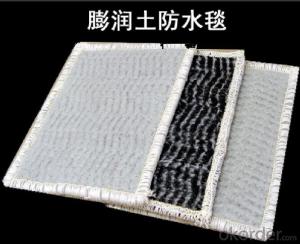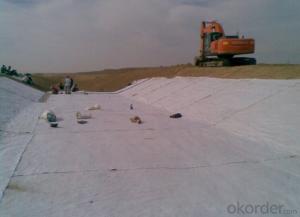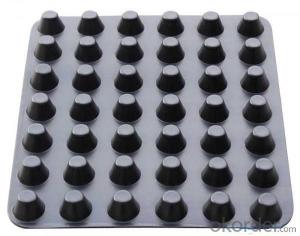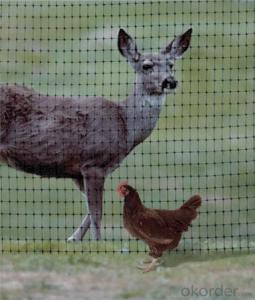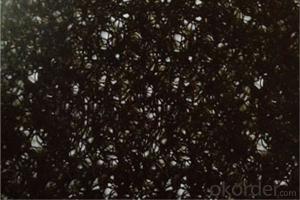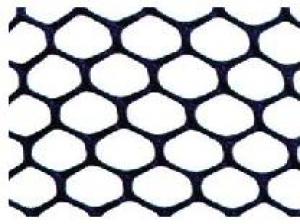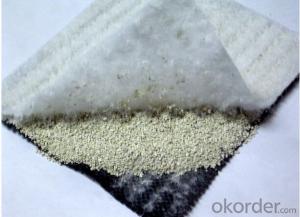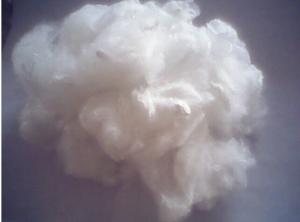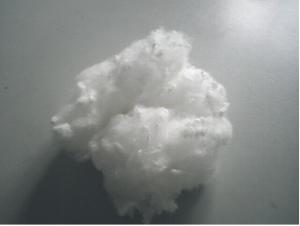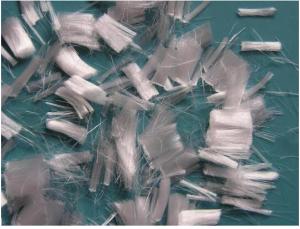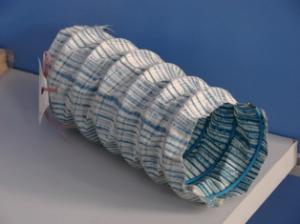Never Run Product Name: Plastic Blind Drain
- Loading Port:
- Qingdao
- Payment Terms:
- TT OR LC
- Min Order Qty:
- 1 m
- Supply Capability:
- 1000000 m/month
OKorder Service Pledge
OKorder Financial Service
You Might Also Like
Plastic Blind Drain
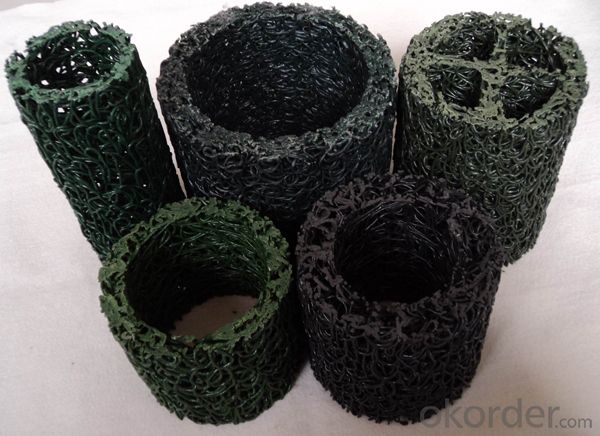
Plastic Blind Drain
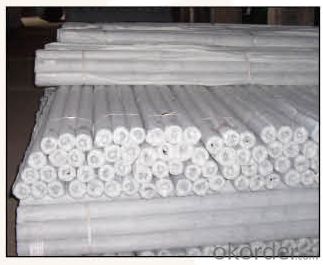
Plastic Blind Drain equipment tapping
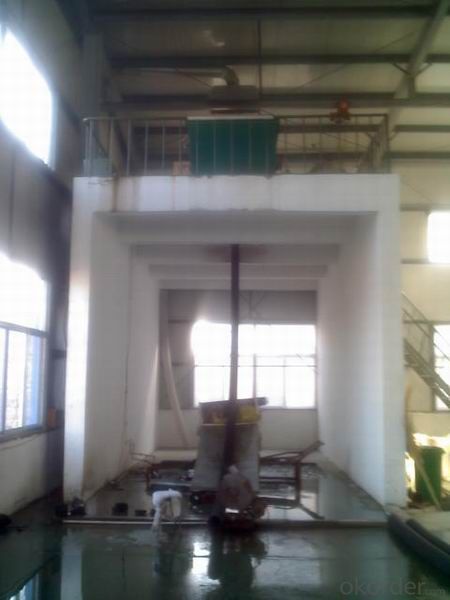
Plastic blind ditch
Products overview:
Shandong yongrun plastic blind ditch is heated thermoplastic synthetic after molten through the wards squeeze QianWeiSi fold place in together, and the melting points were a "3 d porous materials, in the main body back up as the membrane filter, geotextile porous rectangular, hollow rectangular, porous round, hollow circular four structure form, has DuoZhong size.
Properties:
Money high compressive strength, compression performance is good Surface othermeasuring opening rate is high, set good water line The service life of the permanent money The membrane filter selectivity of money Money construction is convenient Flexibility to adapt to the land, the money deformation application scope widely used in tunnel seepage control, railway roadbed of drainage road drainage, soft foundation, retaining wall embankment against filter, slopes and slope, underground construction drainage of drainage moistureproof, the lawn of the set drainage system, tiantai garden set drainage, sewage treatment, and landfill and other kinds of engineering.
- Q: What are the specific applications of geosynthetic clay liners in mining projects?
- Geosynthetic clay liners (GCLs) are widely used in mining projects for various applications. They are primarily used as a barrier system to contain and prevent the migration of fluids, such as leachates or process solutions, in mining operations. GCLs provide excellent hydraulic performance and are effective in minimizing the potential for contamination of groundwater and surrounding soil. Additionally, GCLs are used as an effective solution for lining tailings storage facilities, heap leach pads, and other containment structures in mining projects. They offer a cost-effective and environmentally friendly alternative to traditional liners, reducing the overall environmental impact of mining activities.
- Q: How do earthwork products contribute to land reclamation projects?
- Earthwork products play a crucial role in land reclamation projects by providing essential materials for shaping the land and creating desired topography. These products, such as soil, sand, gravel, and rocks, are used to fill in low-lying areas, build up elevations, and stabilize the land. They help to reshape the terrain, create new landforms, and restore the natural balance of the reclaimed land. Additionally, earthwork products also aid in improving drainage systems and preventing erosion, ensuring the long-term sustainability of the reclaimed area.
- Q: How are geotextile mats used in erosion control on slopes?
- Geotextile mats are used in erosion control on slopes by providing a protective barrier between the soil and the forces of erosion. These mats are typically made of synthetic materials and are placed on the slope to stabilize the soil and prevent its movement. The mats help to retain soil particles while allowing water to pass through, reducing the impact of rainfall and preventing erosion. Additionally, the mats promote the growth of vegetation, further enhancing the slope's stability and erosion resistance.
- Q: Can earthwork products be used in landscaping projects?
- Yes, earthwork products can be used in landscaping projects. Earthwork products such as soil, gravel, sand, and stone can be utilized for various landscaping purposes such as creating pathways, building retaining walls, constructing raised beds, and enhancing the overall aesthetics of the outdoor space.
- Q: Can earthwork products be used for retaining wall construction?
- Yes, earthwork products can be used for retaining wall construction. Earthwork products such as geotextiles, geogrids, and geomembranes are commonly used in retaining wall construction to provide additional strength, stability, and erosion control. These products help to reinforce the soil and prevent it from shifting, which is essential for the stability and durability of retaining walls.
- Q: Can earthwork products be used for creating raised planters?
- Yes, earthwork products such as soil, gravel, and rocks can be used for creating raised planters. These materials are commonly used to build the foundation and structure of raised planters, providing a suitable environment for plants to grow.
- Q: Can earthwork products be used in slope stabilization for railways?
- Yes, earthwork products can be used in slope stabilization for railways. These products, such as geotextiles, geogrids, and retaining walls, are designed to provide reinforcement, erosion control, and stability to slopes. They can help prevent soil erosion, mitigate landslides, and enhance the overall safety and longevity of railway slopes.
- Q: What are the advantages of using earthwork products?
- There are several advantages of using earthwork products. Firstly, they are cost-effective as they are made from natural materials found in the earth, reducing the need for expensive synthetic alternatives. Secondly, earthwork products are environmentally friendly as they have a low carbon footprint and do not contribute to pollution. They are also highly durable and long-lasting, providing stability and strength to construction projects. Additionally, earthwork products are versatile and can be used in a variety of applications such as landscaping, erosion control, and drainage systems. Overall, using earthwork products promotes sustainable construction practices and offers numerous benefits in terms of cost, environmental impact, durability, and versatility.
- Q: What are the civil engineering materials?
- The main thing is that we usually say three things: steel, cement, brick.
- Q: How can geonets be used in stormwater filtration systems?
- Geonets can be used in stormwater filtration systems as a support structure for various filter media. They provide a stable framework that helps retain and distribute the filter media, enhancing the system's efficiency in trapping sediment, pollutants, and debris from stormwater runoff.
Send your message to us
Never Run Product Name: Plastic Blind Drain
- Loading Port:
- Qingdao
- Payment Terms:
- TT OR LC
- Min Order Qty:
- 1 m
- Supply Capability:
- 1000000 m/month
OKorder Service Pledge
OKorder Financial Service
Similar products
Hot products
Hot Searches
Related keywords
